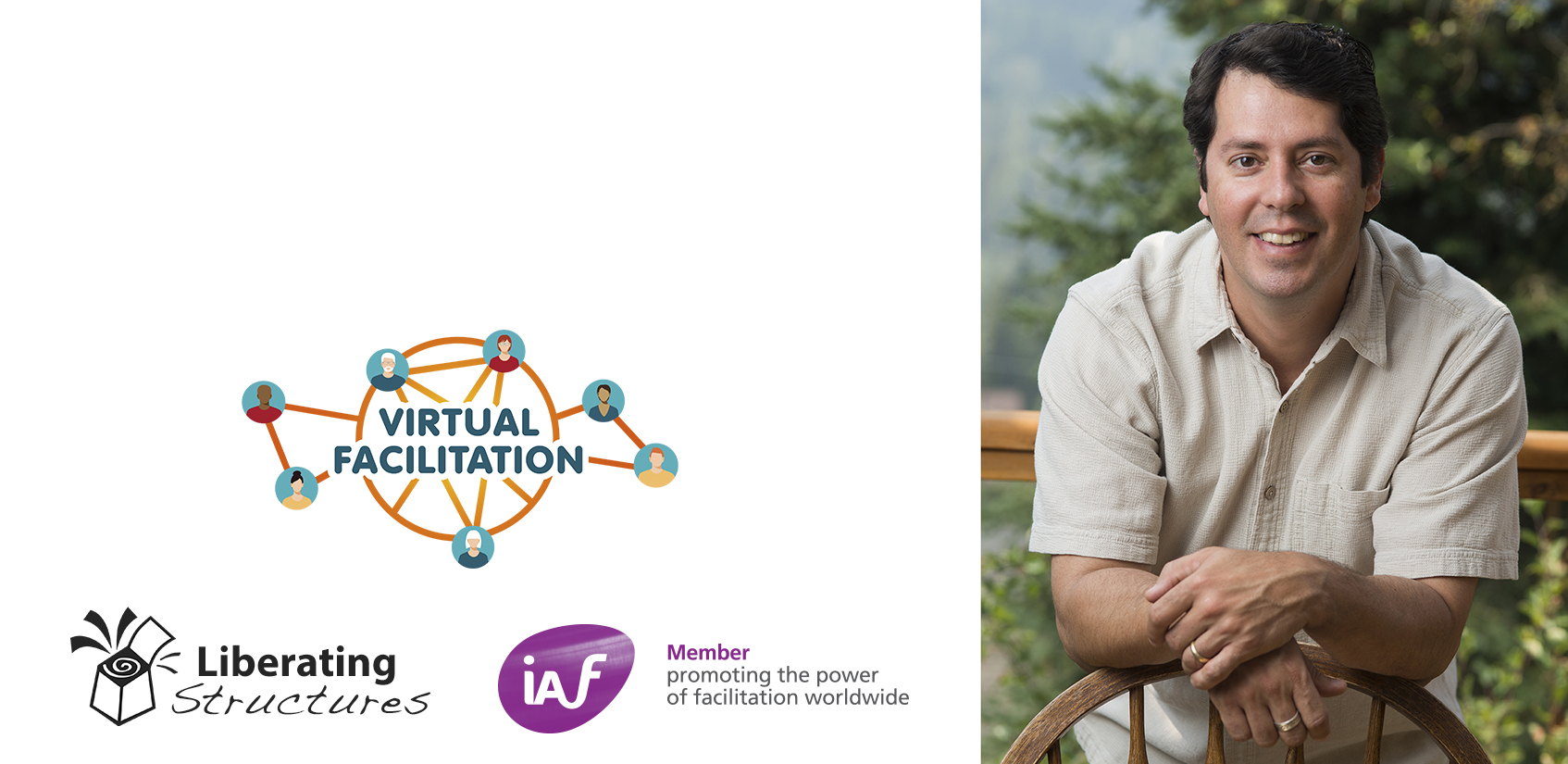A push for the virtual environment. Really?

Coronavirus impacts are only beginning all over the world, affecting trade and industry globally.
This situation challenges companies, schools, NGOs and public agencies to change their routine. Emergency solutions are being applied to protect employees and limit the spread of the virus. In the United States most business trips are suspended, and employees asked to work from their own homes. The same is happening in Europe and Asia.
Some may think this will be a push for more remote work, using the virtual environment, or ‘going online’ as some say.
My opinion is very much in line with Magda Sowierszenko, Head of Marketing and Communications at Remote-How. In her excellent article (link here) she says:
We have always said this and we will repeat it over again: you can’t just give people laptops, send them home, and hope they will figure out how to work together organically. Successful implementation of remote work requires guidance, processes adjustments, software and hardware audit, and preparations. Done inappropriately and treated as a temporary emergency solution, remote work might turn out extremely ineffective and build up further bad expectations and frustrations around this workstyle. Many companies are not ready to send their whole teams or departments to work from home. If they fail at this “experiment”, they will draw a conclusion that remote work is not as effective as working in an office. The truth here actually is that they were not prepared for it to be effective. (from article by Magda Sowierszenko)
From my own experience, I know it is very challenging to be geographically distant (in my case 10,000 km) from partners, employees and customers. It takes a while to get used to this new scenario. It is essential to develop new skills, the main one being communication.
In an emergency situation, rushing to the virtual environment can be a disaster for unprepared groups and organizations. When I say unprepared, I mean two fundamental elements sometimes neglected: Technology and Methodology.

Technology
In the same way scuba gear is essential for scuba diving, technology is key for remote work. The chosen tools will greatly influence the process’ quality and results. Everything can become simple and easy, or not…
Today we are surrounded by internet devices, with a myriad of communication apps available. It can lead people to not choose carefully, comparing and testing options, and mainly, checking the adherence and usability with their own audience.
Most of the time what we need is less than it looks. A meeting using the Zoom software solves beautifully video conference needs, with a highlight for the breakout rooms feature. If I could give a single tip, it would be “less is more”. Simplicity of use is worth more than incredible features.

Methodology
Although technology is key, it does not fix bad habits. The good and bad face-to-face habits will be taken online.
If most meetings are unproductive, moving to the digital environment will be no different. Check out this Doodle Report , especially the ‘ Personal Impact of Meetings ‘ tab . In fact, in my experience they can become even worse, and quickly.
Interestingly, in the virtual environment people have the opportunity to ‘escape’ more easily from a poorly organized, unproductive, or meaningless meeting. Just blame technology, or power supply and ‘Leave the Meeting’… ;-)
The great advantage of the virtual environment is: Organizations have the opportunity to review their practices, agree on a fresh ‘digital etiquette’, and create new rituals.
Among Group Facilitation practices, I highlight Liberating Structures. I talk more about them in another article (link here). Getting deeper into Liberating Structures, it became a fundamental part of my practice:
» To clearly define the purpose of each stage of the meeting (and not just the meeting as a whole);
» To micro-structure each group interaction, aiming to engage and unleash everyone;
» To balance group interactions with moments of silence and self-reflection;
» To boost human connection AND results (Get Things Done).
Concluding …
The current crisis pushes organizations and people into the virtual environment. To be a positive impulse, I recommend a little more attention and care with technology (choice of resources) and methodology (design of processes).
With this, it will be possible to perform real feats in the online environment:
» To save resources (time being the rarest of them now …)
By eliminating travel, it is possible to bring ‘distant’ people together more often without additional costs (eg. Video Conferences by Zoom).
» To increase productivity and group work quality
Short, well-organized, inclusive and productive meetings increase the desire to get together and to participate (eg. Liberating Structures).
» To be more effective in documentation
The concept of digital first becomes valuable when it is easy to access information, review recorded meetings, get documents typed in real time, or have transcriptions made by virtual assistants (eg. Google Docs and Fire Flies).
» To include more people in conversations to make better decisions
It is becoming essential to involve more people and get more data to make faster and informed decisions. There are free or low cost platforms (eg. Loomio) with simplicity, versatility and power.

I hope this article helps you to make conscious choices, and to find good answers to adapt personally, socially and environmentally to this moment we are living in.

